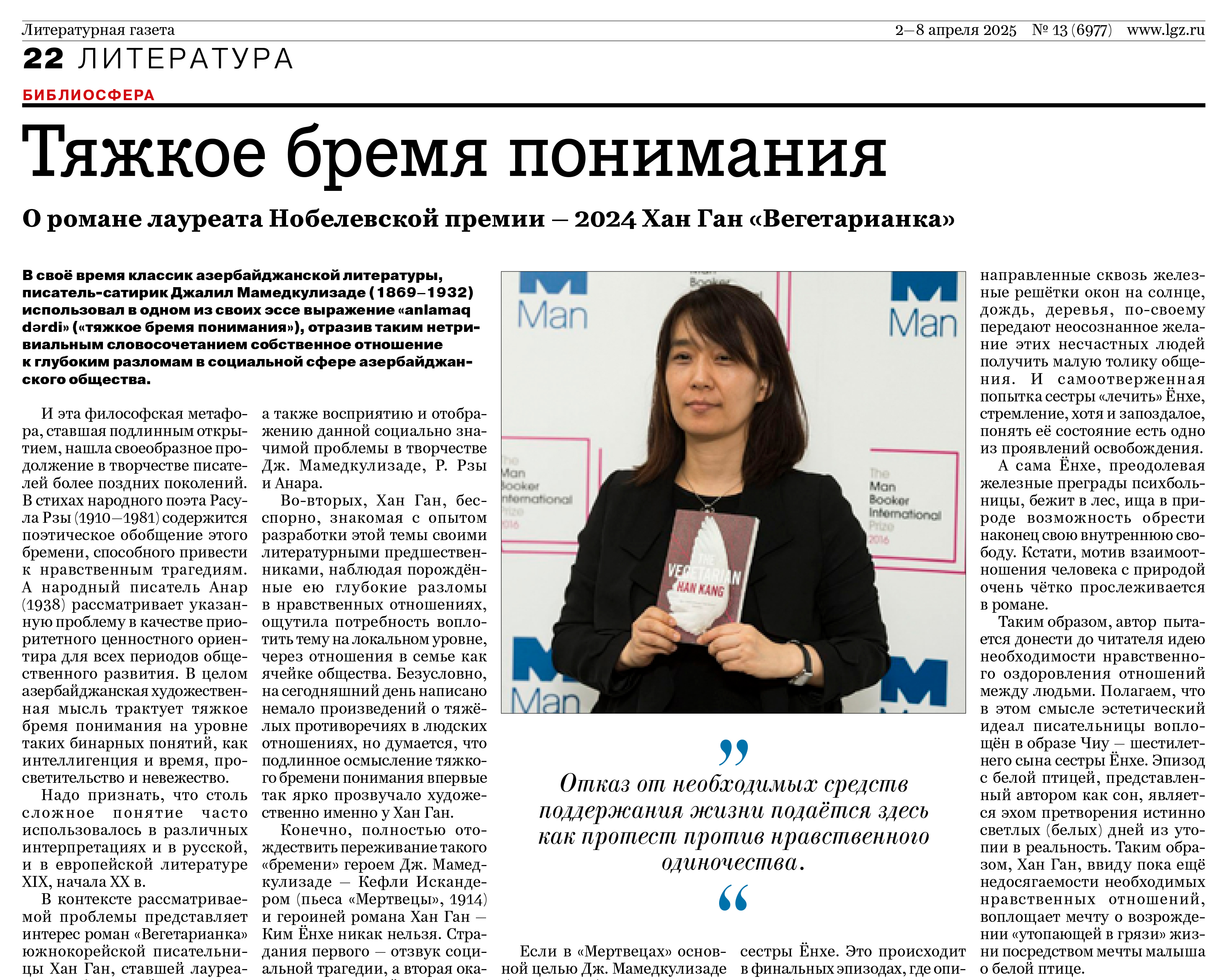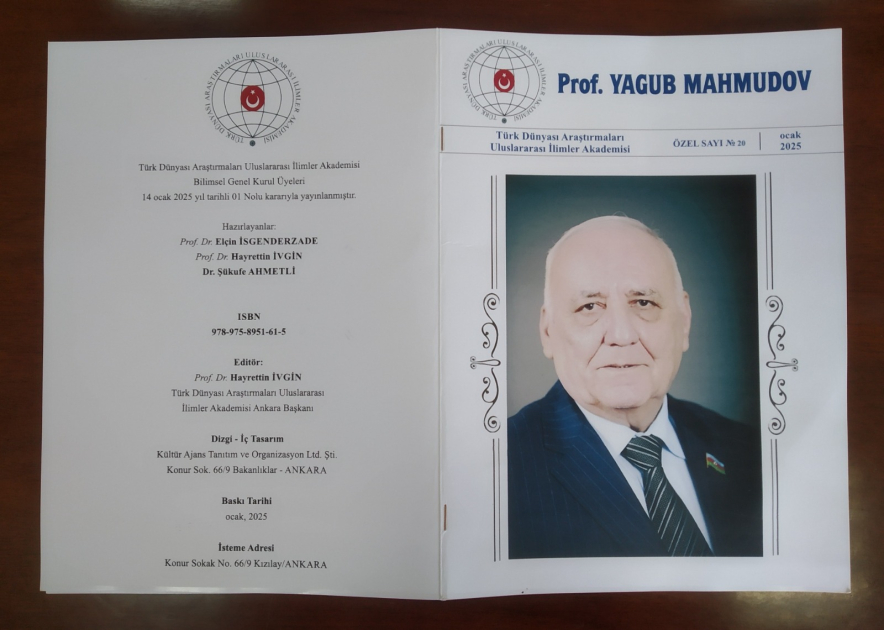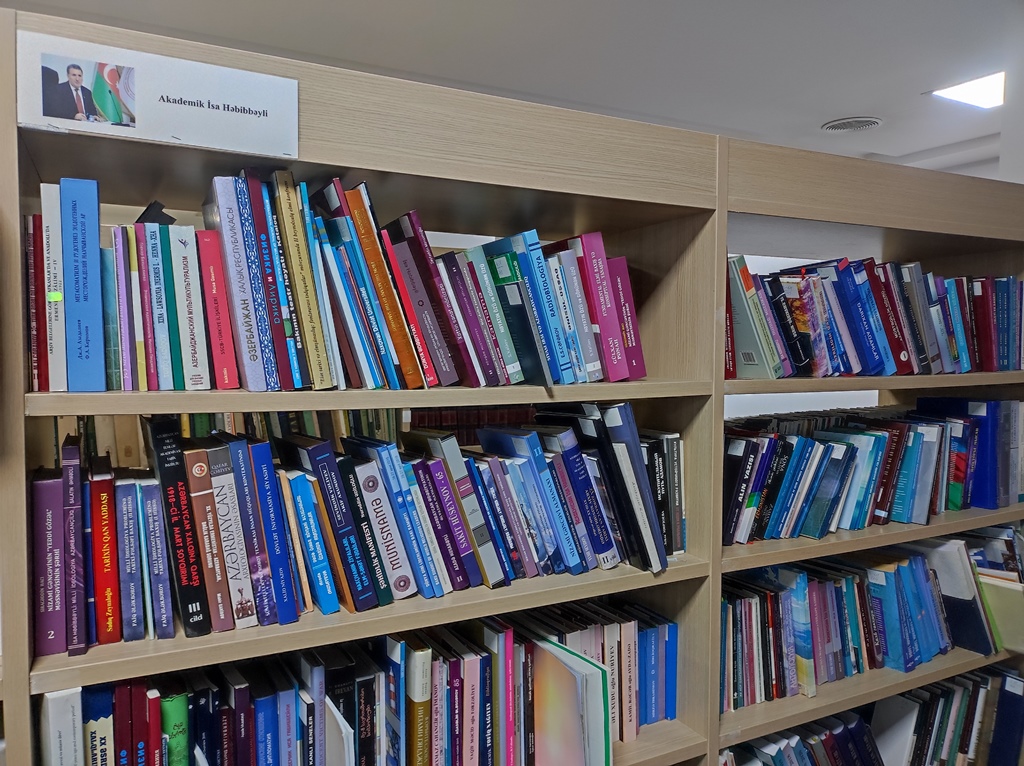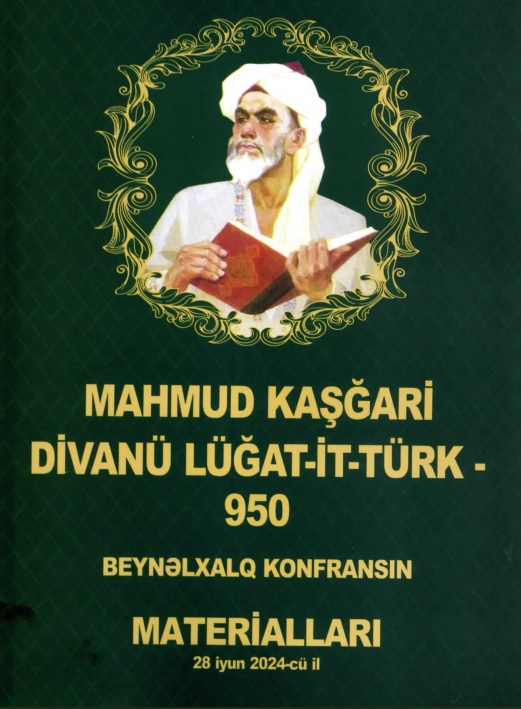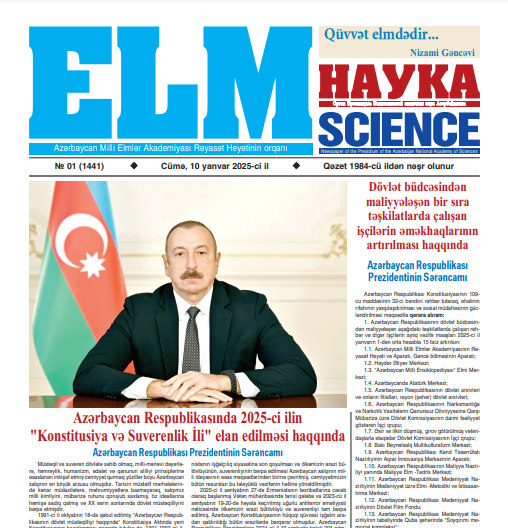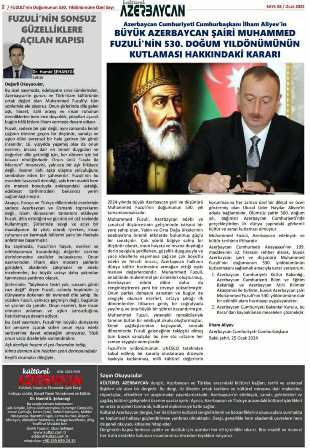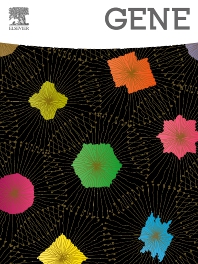
- A-
- A
- A+
A comparative analysis of the population of Azerbaijan
Accepted for publication an article authored by the vice - president of ANAS, director of the Institute of Molecular Biology and Biotechnology (IMBB), academician Irada Huseynova, employees of the IMBB - associate professors Nurmammad Mustafayev, Alamdar Mammadov, dissertator Elshan Mammadov and general director of the Association of Forensic Anatomy and Pathological Expertise Ministry of Health of the Republic of Azerbaijan Professor Adalat Hasanov.
The article dubbed “Population-genetic and comparative interpopulation study of the population of Azerbaijan based on 15 autosomal STR markers” will be published in the journal “GENE” with high impact factor refereed in the international database “Clarivate Analytics” (IF = 2638).
The article examined a sample of the Azerbaijani population of 765 unrelated citizens with a network of identification markers, including 15 STR loci, and for each STR locus, the main population genetic and forensic parameters were determined. Based on the assessment of these parameters, it was shown that this network of loci can be successfully used to solve identification problems.
In addition, a comparative analysis was conducted between our population and 17 different populations around the world based on Fisher’s genetic distance indices and their accuracy P-values. To clarify the correlation between populations, an analysis of the principal component (PCA) and principal coordinate (PCoA) was carried out on the basis of genetic distances F (st). Phylogenetic trees were constructed using the genetic distances of Ney and two mathematical approaches (a combination of close neighbors - NJ and arithmetic mean weightless pairing - UPGMA). Studies have shown that the Azerbaijani population, which is close to the Eurasian population of Caucasian origin, is grouped with them in one group.
©All rights are reserved. Citing to www.science.gov.az is necessary upon using news.
Similar News
Links


 Elm TV
Elm TV
 Photo
Photo
 Video
Video
